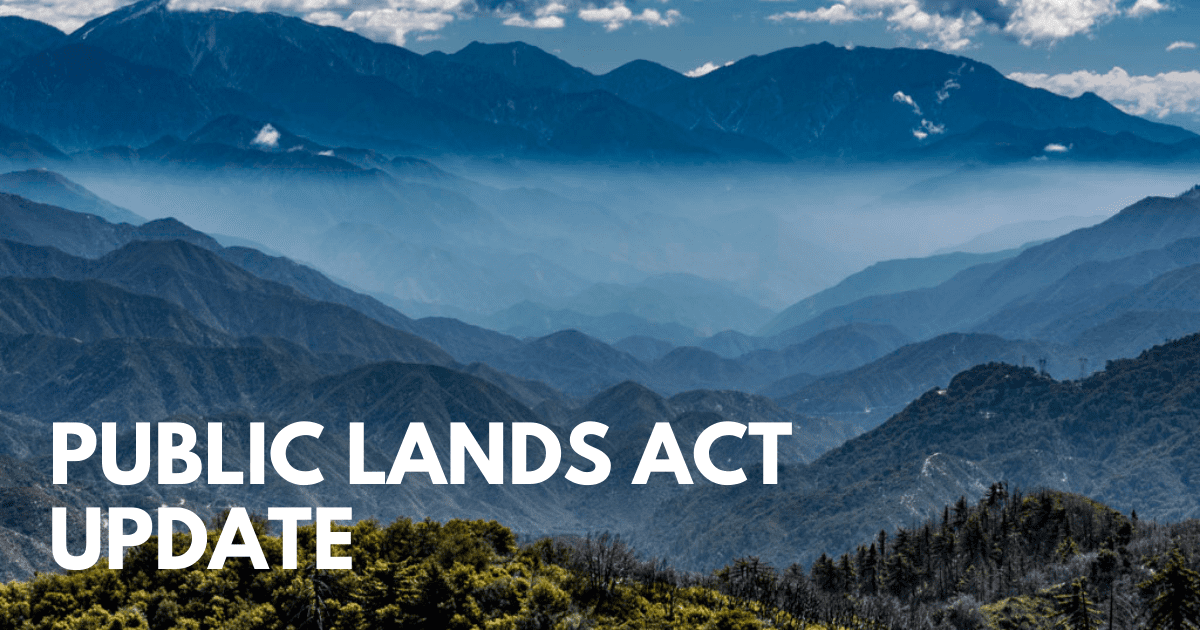Trout Clout: Public Lands Act December 2020 Update
Trout Clout: Public Lands Act Update – December 2020
Thank you to all our members and outdoor and angling industry supporters who signed our letters to Congress and urged them to protect our public lands. Despite our efforts, the Public Lands Act did not pass. We remain hopeful that with a new administration, we can pass Public Lands Act protections in the new year.
What happened?
In February 2020, the House version of the Public Lands Act was incorporated and passed into the Protecting America’s Wilderness Act (PAWA; H.R. 2546) and later amended into the William M. Thornberry National Defense Authorization Act for Fiscal Year 2021 (NDAA; H.R. 6395) by H. Amdt. 837.
In 2020, the House was an easier chamber to pass through environmental protections, and CalTrout now had to focus on getting the Public Lands Act protections through a difficult Senate.
In an attempt to move forward with the bill on the Senate side, CalTrout and our partners pushed to include operative language in the Senate National Defense Authorization Act (NDAA).
“For 59 straight years, the NDAA has passed because Members of Congress and Presidents of both parties have set aside their own policy objectives and partisan preferences and put the needs of our military personnel and America’s security first,” said House Armed Services Chair Adam Smith and ranking Republican Mac Thornberry.
Unfortunately, the Senate bill introduced by Senator Harris and Senator Feinstein was stalled. Below is the final letter we sent to Senator Dianne Feinstein, Senator Kamala Harris, The US. Senate Armed Services Committee and the US House Armed Services Committee.
Special thanks to the outdoor and angling industry leaders that supported our efforts to pass the Public Lands Act and to our CalTrout supporters who helped fuel our voices in Congress.
PLA Support Letter Angling Industry (Sen. Harris & Feinstein) signed





